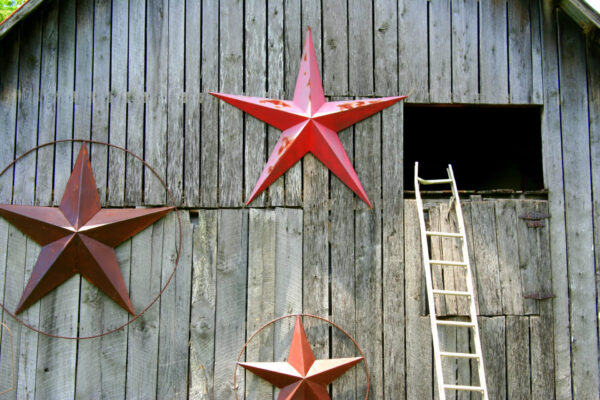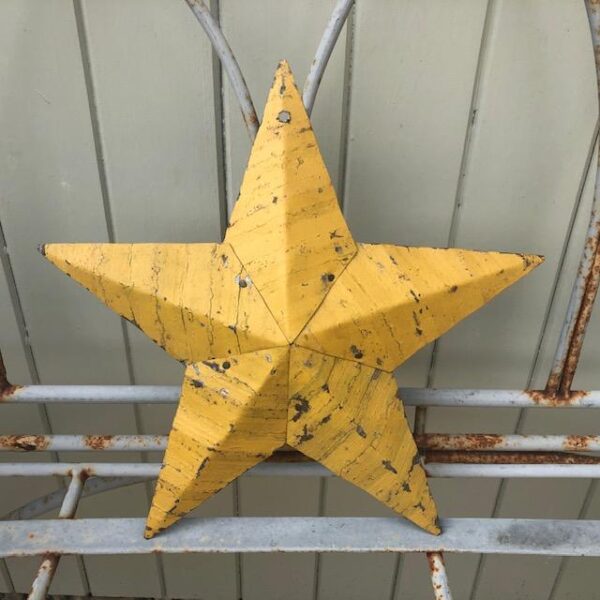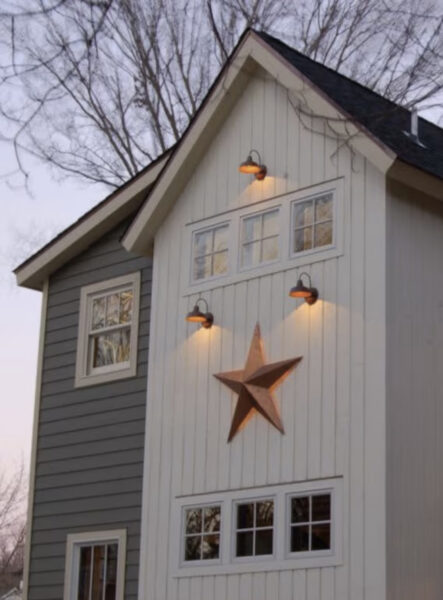If you consider yourself a country person or simply like to walk away from the hustle and bustle of cities, then you’ve probably seen barn stars at least a couple of times in your life.
They are often seen above the tops of barns, whether painted or wrought in metal, and serve as decoration that goes back to history.
But what is the meaning of barn stars? Where do they come from and what do they symbolize? If you’ve ever asked yourself these questions – I know I have – then don’t worry, this article will shed some light on things… and maybe bring you some new knowledge.

The history of barn stars goes back over a hundred years, although the purpose of their presence is controversial.
According to some sources, the stars were originally used to mark the builder of the barn, like a sigil, so that everyone could know by whose hands the structure was built.
Copper Star says barn stars became especially popular after the American Civil War and can be traced back to at least the 1820s in Pennsylvania. In more recent times, stars are associated with success and prosperity. However, did you know that colorful barn stars carry their own symbolic meaning?

Likewise, each barn star has its own historical context. For example, German-American farmers believed that placing stars on top of their barns would help ward off evil spirits and increase the chances of a good harvest.
Like many customs, the tradition of barn stars is passed down from generation to generation, with roots in the Pennsylvania Dutch and Amish communities.
It’s funny how different colors of barn stars have different symbolic meanings. For example, brown stars are associated with friendship and strength, while white stars symbolize purity and energy. The purple star represents holiness, while blue or black stars are meant to provide protection to the farm.

Green stars symbolize the growth and fertility of crops, while bright yellow ones express love for the sun and nature.
There are also “six-pointed stars” which, according to some sources, are different from barn stars and did not begin to appear until more than a hundred years later. You’ve probably seen them too, and they became popular in the 1950s. According to the Kuzbass Folk Festival, Milton Hill began implementing six-pointed star signs in 1952.

Then in the late 1950s, a Dutch folk artist from Pennsylvania named Johnny Ott gave superstitious meaning to his signs and found that they sold much better. This trend quickly spread, and such signs were called “hex signs”.
Have you ever seen barn or hexagonal stars? Let us know!







